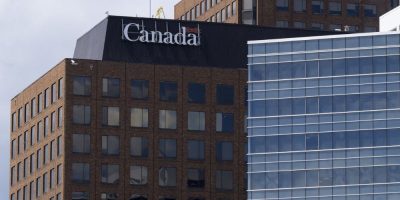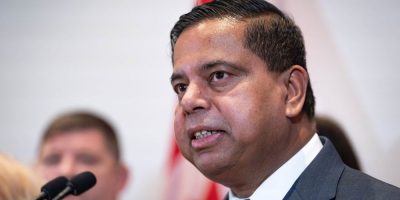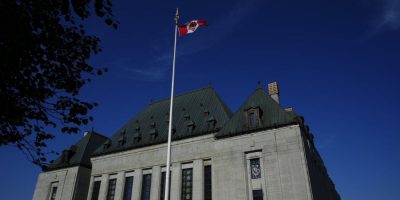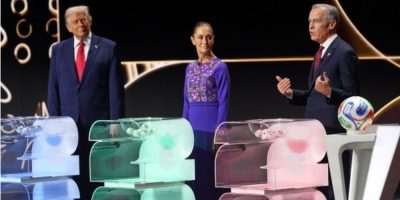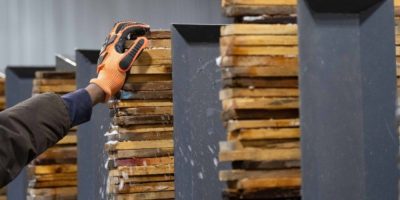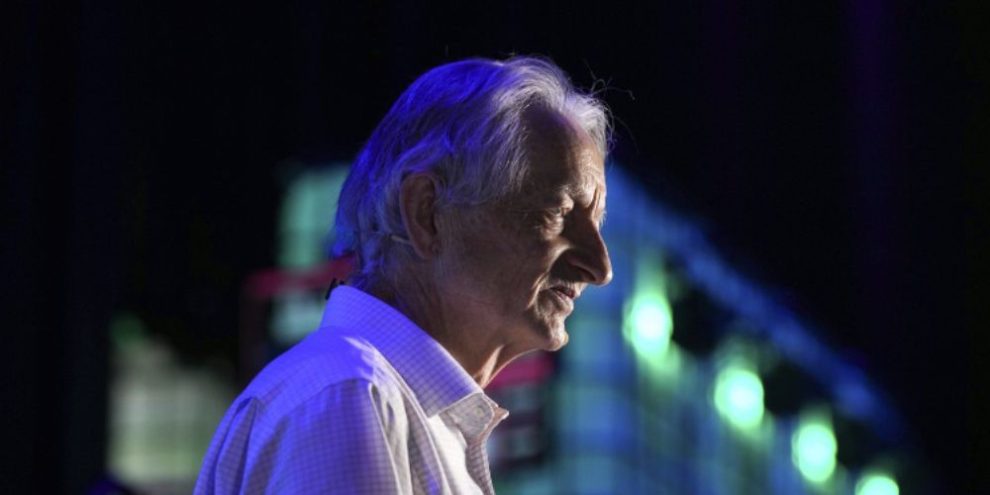
Updated October 8, 2024 @ 1:22pm
Geoffrey Hinton, the British-Canadian researcher whose machine learning discoveries have proved so profound he's known as the 'godfather of AI,' has won the Nobel Prize in physics.
The honour was bestowed Tuesday on Hinton, 76, and Princeton University researcher John Hopfield, 91, by the Royal Swedish Academy of Sciences, which chose to award the pair because their use of physics had been able to find patterns in information that laid the foundation for machine learning and neural networks.
Machine learning is a form of computer science that relies on data and algorithms to help artificial intelligence mimic how humans learn, while neural networks are models that emulate the human brain by learning from data and detecting patterns. Both technologies underpin much of the recent advancements in artificial intelligence, powering devices and systems across every industry around the world.
During a Stockholm news conference meant to announce this year’s Nobel winners in physics, Hinton said he was “flabbergasted” by the honour, when he was reached by the academy via phone.
"I had no idea this would happen. I am very surprised," he said.
He later told an interviewer from the Nobel Prize that he had learned of his win around 2 a.m., while at a "cheap" hotel in California, where he was due to receive an MRI on Tuesday.
"I guess I’ll have to cancel that," he joked.
When the call came in from Stockholm, Hinton doubted it was even real.
"My very first thought was how could I be sure it wasn’t a spoof call?" he said.
He was convinced of its authenticity when he realized it was coming from Sweden: "The person had a strong Swedish accent and there were several of them."
The physics prize he won carries a cash award of 11 million Swedish kronor, or about C$1.45 million, from a bequest left by the award's creator, Swedish inventor Alfred Nobel.
The Nobel prize further cements Hinton's status as a pioneer in artificial intelligence, a technology that has deeply fascinated the computer scientist for decades but also caused him concern in recent months as it has become even more advanced and accessible than even he imagined.
The technology has become a hot topic since the November 2022 release of AI chatbot ChatGPT sparked a race to innovate with machine learning, but Hinton was intrigued with it long before.
In the 1980s, his research was delving deeper and deeper into machine learning research.
When co-laureate Hopfield created an associative memory that can store and reconstruct images in data, Hinton uncovered a way to find properties in data and identify specific elements in pictures, said the University of Toronto, where Hinton is a professor emeritus, Tuesday.
Hinton and his graduate students later built on the Boltzmann machine, which can classify images and generate new examples of patterns it was trained on, ushering in our modern take on machine learning.
Barrie's News Delivered To Your Inbox
By submitting this form, you are consenting to receive marketing emails from: Central Ontario Broadcasting, 431 Huronia Rd, Barrie, Ontario, CA, https://www.cobroadcasting.com. You can revoke your consent to receive emails at any time by using the SafeUnsubscribe® link, found at the bottom of every email. Emails are serviced by Constant Contact
Their work has ultimately "become part of our daily lives, for instance in facial recognition and language translation," Ellen Moons, chair of the Nobel Committee for Physics, said.
Much of Hinton's work was completed at the University of Toronto's computer science department, where he began as a professor in 1987. He left about a decade later to found a computational neuroscience unit at University College London but returned in 2001.
In 2012, his team at the University of Toronto won the prestigious ImageNet computer vision competition by designing a technique that could identify images far better than any of their competitors.
A year later, Google acquired Hinton’s neural networks startup, DNNresearch, which developed out of his research at U of T.
In 2018, an even bigger honour came his way in the form of the A.M. Turing Award, known as the Nobel Prize of computing, which he won with fellow Canadian Yoshua Bengio and American Yan LeCun.
But the trio now have diverging opinions on AI.
LeCun, who doubles as vice-president and chief AI scientist at Facebook and Instagram parent company Meta, has downplayed its existential risk, saying, “Bad guys can use AI for bad things, but there’s many more good guys who can use the same, more powerful AI."
Yet Hinton appears to be more worried than ever. He quit his role as vice-president and engineering fellow at Google last spring so he could more freely speak about the dangers of the technology he helped create.
The move made Hinton a hot commodity on the tech conference circuit, where he has told audiences in Toronto that he fears AI could trigger lethal autonomous weapons, discrimination, unemployment, misinformation and even the demise of humanity.
He's urged the world to take the technology's potential seriously and act quickly to prevent the worst scenarios it could cause, but he hasn't turned away from AI completely.
"Whenever I want to know the answer to anything, I just go and ask GPT4," Hinton said at the Nobel announcement, referring to the chatbot's latest model.
"I don't totally trust it, because it can hallucinate, but on almost everything, it's a not very good expert. And that's very useful."
Ilya Sutskever, the co-founder of OpenAI and one of the architects of the company's ChatGPT, was one of the students Hinton won the ImageNet prize with.
Some of his other proteges have gone on to found Cohere, one of the country's hottest AI startups, and many more have benefitted from his feedback through his work as a chief scientific adviser at the Vector Institute in Toronto and his close ties to UofT.
In a statement, U of T president Meric Gertler said he was delighted by the news of Hinton's prize.
"The U of T community is immensely proud of his historic accomplishment," he said.
-- with files from Craig Wong in Ottawa and Jordan Omstead in Toronto
This report by The Canadian Press was first published Oct. 8, 2024.
